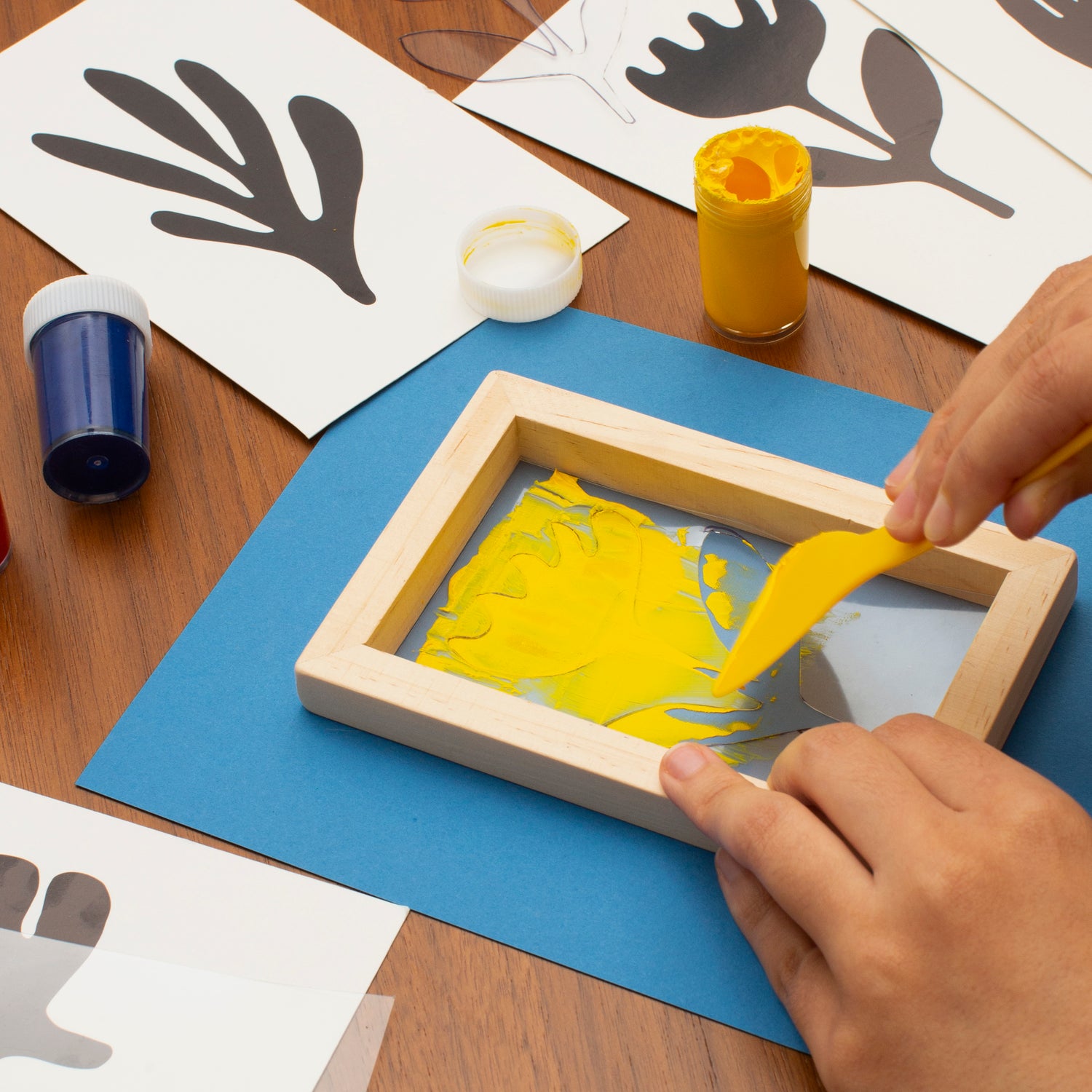The Important Overview to Comprehending Screen Printing and Its Versatile Makes use of
Screen printing has an abundant background that dates back to ancient times, developing into a sophisticated method made use of throughout numerous sectors today. This overview discovers the complexities of the screen printing process, describing its applications in home, style, and advertising design - 10:9 Design Company. Comprehending these fundamentals can open up innovative possibility for both commercial and artistic tasks. The complying with areas will certainly reveal important pointers and techniques to improve one's screen printing ventures
The History of Screen Printing
Screen printing has origins that trace back centuries, its development shows the imaginative and technical innovations of various cultures. Coming from in old China, the strategy was initially utilized for decorating textiles and later spread to Japan, where it came to be indispensable to Ukiyo-e woodblock printing. The approach shifted to Europe in the 18th century, where it obtained appeal amongst craftsmens and industrial printers. The invention of picture solution in the 20th century reinvented screen printing, permitting more complex designs and better performance. Artists like Andy Warhol additionally pushed its appeal, making use of the medium to produce renowned jobs that combined commercialism and great art. By the late 20th century, screen printing had actually developed itself as a flexible technique, utilized in fashion, advertising, and great art. Today, it proceeds to advance, incorporating electronic technology and expanding its applications throughout different industries.
The Screen Printing Process Explained
Screen printing changes artistic visions right into substantial styles with a series of exact actions. Initially, an image is created and after that transferred onto a screen, commonly made from great mesh material extended over a framework. A light-sensitive emulsion is related to the screen, which is revealed to light, solidifying in areas not covered by the photo. After cleaning out the unhardened emulsion, a pattern is developed.
Next, the screen is put over the substratum, whether it be textile, paper, or another material. Ink is after that pressed via the open locations of the pattern using a squeegee, transferring the style onto the substrate listed below. This process can be repeated for numerous colors, calling for different screens for each and every hue. Finally, the published product is treated utilizing heat to guarantee the ink adheres appropriately, resulting in a sturdy, lively layout prepared for usage.
Kinds of Screen Printing Techniques

In addition, specialty strategies, such as discharge screen printing, get rid of dye from the textile to develop softer prints, while foil screen printing applies metallic foil to accomplish a glossy surface (10:9 Design Embroidery). Each method provides distinctive attributes, providing to various imaginative demands and production ranges, inevitably increasing the opportunities within the screen printing domain name
Applications of Screen Printing in Numerous Industries

In addition, the signage important source and marketing sectors utilize screen printing for producing distinctive screens and banners. This method permits for bold shades and detailed styles that catch focus. In electronic devices, screen printing is employed for using conductive inks to circuit card, crucial for element links. The home décor sector welcomes screen printing to create distinctive layouts on fabrics and wall surface art. On the whole, screen printing works as an important tool across varied areas, enhancing items with personalized and visually enticing graphics.
Tips for Effective Screen Printing Projects
While taking on a screen printing project, mindful attention to information can substantially improve the last outcome. Choosing top quality materials is crucial; this includes the screen, inks, and substratums. Using proper mesh counts can influence ink deposition and detail resolution. Preparation is similarly crucial; detailed cleansing of screens and proper direct exposure times ensure crisp prints.
Next, accurate registration is vital for multi-color prints. Utilizing alignment tools can help accomplish precise layering. Additionally, testing prints on scrap materials before manufacturing helps recognize possible problems without squandering resources.

Often Asked Inquiries
What Materials Are Ideal for Screen Printing on Material?
Cotton and polyester blends are optimal for screen printing on textile as a result of their toughness and ink absorption. In addition, specialized materials like silk or canvas can generate one-of-a-kind structures and coatings, enhancing the overall layout top quality.
How Do I Tidy and Maintain Screen Printing Tools?
To clean up and preserve screen printing tools, one need to on a regular basis clean displays with ideal solvents, examine mops for wear, lube moving parts, and store all products in a dry, dust-free atmosphere to prolong their life-span.
What Are the Environmental Impacts of Screen Printing?
Screen printing can have considerable environmental influences, consisting of chemical waste article source from solvents and inks, water use during cleansing processes, and power consumption. Sustainable techniques and eco-friendly products are important for minimizing these unfavorable effects.
Can Screen Printing Be Done at Home Properly?
Screen printing can be properly done at home with the ideal products and strategies. Hobbyists can develop high quality prints, though success depends on their skill level, tools, and understanding of the process entailed.
What Are the Prices Connected With Beginning a Screen Printing Organization?

Beginning a screen printing service includes prices for devices, materials, and office. Preliminary expenditures generally vary from a few hundred to a number of thousand dollars, depending on the range, quality of equipment, and desired production capability.
Screen printing has an abundant background that dates back to old times, evolving right into an innovative method utilized across various sectors today. One more strategy, rotating screen printing, employs cylindrical displays, check that helping with constant printing on fabric rolls, thereby boosting effectiveness for large productions. Furthermore, specialty techniques, such as discharge screen printing, eliminate dye from the fabric to produce softer prints, while aluminum foil screen printing uses metallic aluminum foil to achieve a glossy finish. In the style sector, screen printing is widely used to produce dynamic styles on clothing, enabling brands to showcase their distinct designs. Cotton and polyester blends are perfect for screen printing on textile due to their toughness and ink absorption.